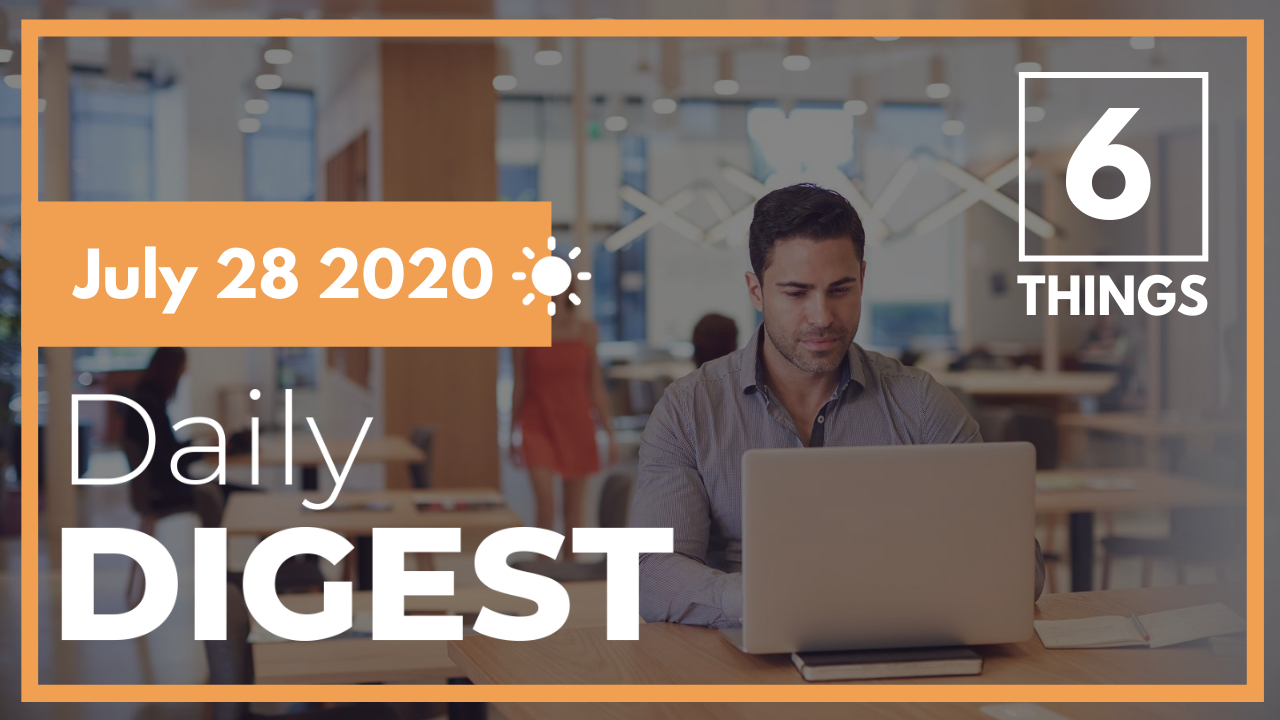Hand selected flexible workspace news from the most reliable sources to keep you ahead of the pack. We find all the latest news, so you don’t have to. Morning and afternoon updates. Stay in the know.
Here’s what you need to know today:
- What To Expect From The New Normal Of Work NEW
- Report Predicts Promising Future For Coworking NEW
- How Architecture And Design Are Intertwined NEW
- The Transition To A Hybrid Workspace
- Valuing Mental Health In The Workplace
- Maintaining Employee Morale Remotely
What To Expect From The New Normal Of Work
Microsoft and research from TechRepublic Premium has provided insight into how the pandemic will alter our work style, business operations and acceleration of technology adoption.
The study titled “Transitioning Asia-Pacific to a New Normal of Work” reviewed how business leaders across various industries are adapting to the new needs of the workplace.
“As different parts of the world were hit by COVID-19, life and work were changed overnight for everyone,” said Kady Dundas, Head of Marketing at Microsoft Teams. “All of a sudden we’ve gone from working in conference rooms to working in living rooms, and when you do that you have a high dependence on video. We know that we have about 200 million meeting participants each day, which equates to 4.1 billion minutes of meetings.”
As part of the new way of working, companies need to be equipped with the right tools and resources to address potential challenges that come with a more flexible workforce.
One of the largest obstacles that employees face when working from home is not establishing boundaries between work and home-life, meaning they often work overtime and increase their risk of burning out. Leaders should encourage workers to take time off and create distinct work hours to avoid this.
Additionally, companies need to reevaluate how they measure success. Presenteeism is no longer a true indicator of how efficient an employee is being — it is more about the quality of their work rather than the quantity.
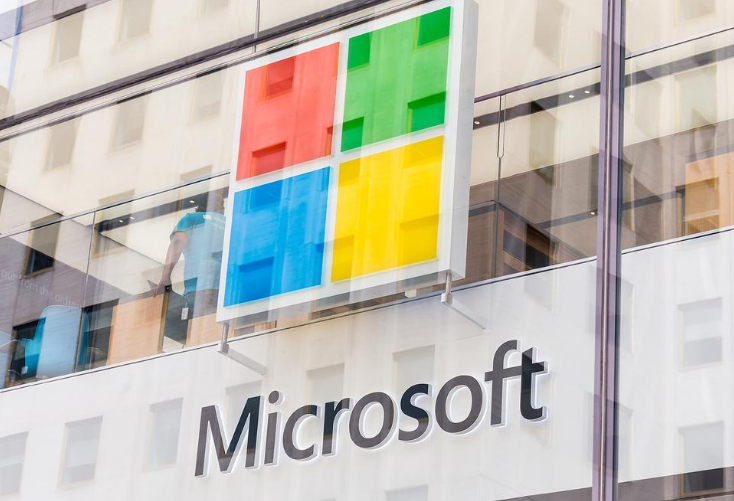
Report Predicts Promising Future For Coworking
A new report from Cushman & Wakefield indicates that coworking spaces are not going anywhere despite the current climate of commercial real estate.
“The Changing Role of Coworking in the Workplace Ecosystem” report looked at properties that allow workers from various companies to share a workspace
“A major draw of coworking—its social factor—has become a drawback during a health crisis,” the report said. “As providers said goodbye to the popular ‘happy hour’ and hello to social distancing, many were wondering how a sector focused on socialization and community would survive through the pandemic.”
In order to be more sustainable, coworking spaces need to rely on taking strict health and safety precautions such as distanced workstations, temperature screenings, increased sanitation practices and decreasing access to shared and open spaces.
If operators prepare accordingly, they may come out of the economic downturn triumphant as companies look to adopt a more hybrid work arrangement that includes both in-office and remote working. Those who do not wish to work from home may find solace in a coworking space near them that still helps cut down on lengthy commutes.
Adopting coworking can also help companies reduce their own real estate footprint, thus cutting down on overhead costs of a large workspace.

How Architecture And Design Are Intertwined
Architects are utilizing new technologies to help companies to address new challenges caused by the pandemic.
For instance, Business Information Modelling (BIM) uses a 3D model-based process that makes it easier for designers to plan, design and construct new buildings.
With employees slowly returning to the workplace, companies are making necessary design changes to keep workers safe and secure when in the office. This means adjusting the space to increase agility and distancing. For Australia in particular, the national COVID-19 workplace methodology states that companies and employees should be vigilant in ensuring that the virus does not get transmitted, and if it does, to be prepared to handle it appropriately.
There are many ways this can be accomplished, but to truly make sure that workers are safe in the workplace, companies need to embrace technology that enables remote and flexible working. Using tools like BIM allows design teams to stay connected with anyone, no matter where they are working from.
Additionally, businesses should keep in mind the necessary office changes that will have to happen, such as increasing space between workstations and reducing overall occupancy. Using generative design, leaders can have a more in-depth insight on how to enable better distancing, data visualization and workspace layout options.
Overall, intertwining the human touch with the right technological tools can help guide companies through these unprecedented times.
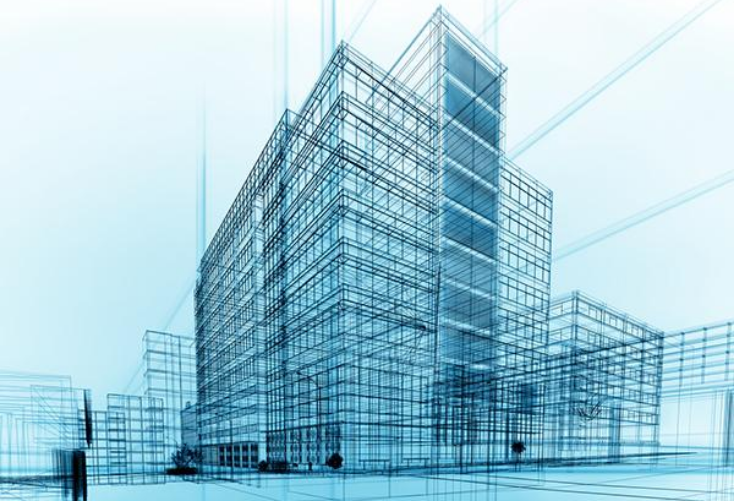
The Transition To A Hybrid Workspace
Layoffs and closures caused by the pandemic have led the economy down a dim path that is bound to disrupt the way we continue to work for the foreseeable future.
Despite the grim expectations of the future of the economy, this disruption may have inadvertently opened a new door of opportunities in terms of leveraging technology and supporting remote working capabilities.
Now, companies can set their sights upon a new, hybrid way of working. For years, business leaders were hesitant to adopt any sort of flexible work arrangements for fear of hurting productivity. However, the past few months have shown that not only does productivity improve in many cases, it also benefits the well-being of employees.
A hybrid workplace would offer both the benefits of remote working, while allowing those who do want to work in the office to do so.
Additionally, the continued integration of technology will play a large role in the future of the workplace. For instance, video conferencing platforms like Zoom and Google Meet allow businesses to host meetings, as well as social events like virtual happy hours that nurture company culture.
Flexible workspaces may also seize the moment by offering organizations an alternative workspace outside of the home and traditional office. While it is no surprise that coworking companies have suffered over the past few months, those who reconfigure their space to emphasize health, safety and distancing could be the perfect solution for companies.
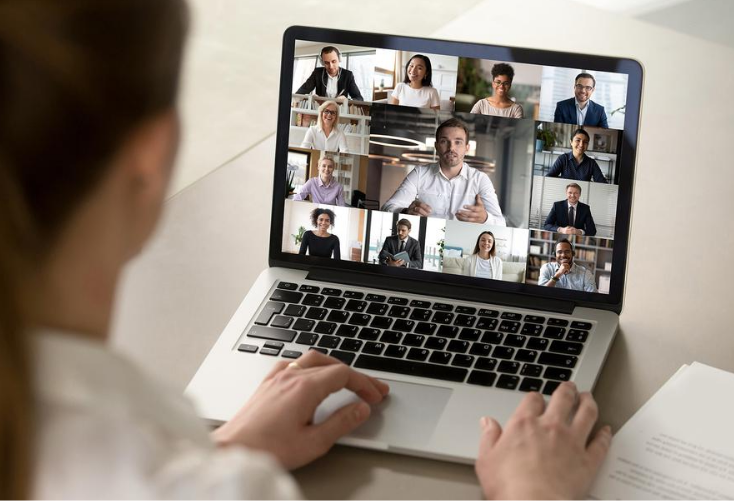
Valuing Mental Health In The Workplace
Prior to the pandemic, the Deloitte Global Millennial Survey 2020 revealed that about half of Gen Z and Millennials felt stressed all or most of the time. However, a follow-up survey in May found that stress levels dropped by around 8%.
While the survey conducted in the middle of the pandemic indicates that working from home may have helped reduce stress levels, there is still on-going concern about how mental illness impacts people at work.
The Household Pulse Survey conducted by the National Center for Health Statistics found that financial strains are the main stressor for Millennials who faced both the Great Recession, as well as today’s economic crisis.
“It’s easy to see why the global conversation on mental health is picking up pace and becoming more prominent around boardroom tables,” said Michele Parmelee, chief people and purpose officer at Deloitte Global. “Considering that stress has a direct, negative impact on work productivity, employers need to understand and embrace their role in helping alleviate stress and reducing the drivers of poor mental health at work.”
In order for leaders to truly recognize and address those workers who may be struggling, the stigma of mental health needs to be quashed.
One way to do so is creating an open path of communicating with colleagues and reaching out to those who may be experiencing feelings of isolation.
Additionally, offer an empathetic ear and consider that workers may not only be dealing with work-related pressure, but stress at home as well. Ease the workload if needed and avoid making assumptions about a workers’ experience.

Maintaining Employee Morale Remotely
Just months ago, employees at ad agency Mellor & Smith would get together for a couple of beers at the office every Friday. Now, that ritual has moved to a virtual setting in the wake of the pandemic.
“You can erode that culture if you make snap decisions around Covid,” said Paul Mellor, managing director of Mellor & Smith. “It’s been a really tricky one for us to find the line of where someone’s been furloughed.”
Employers are now facing challenges of maintaining their work culture as workers are forced to work from home. Distance isn’t the only obstacle either — many organizations are struggling financially and are forced to cut costs on amenities to maintain their operations. Some companies have been using gift cards as an incentive to keep up employee morale.
Organizations that deliver food to workplaces, such as Deliveroo for Business, have said that there has been a huge increase in companies offering virtual gift cards.
However, research from Glassdoor found that over half of UK employees working remotely said such office-based perks were low on their priority list and valued wellness benefits instead.
If companies turn to a more hybrid work arrangement in the future, these food delivery companies are hoping for an uptick in regular business.
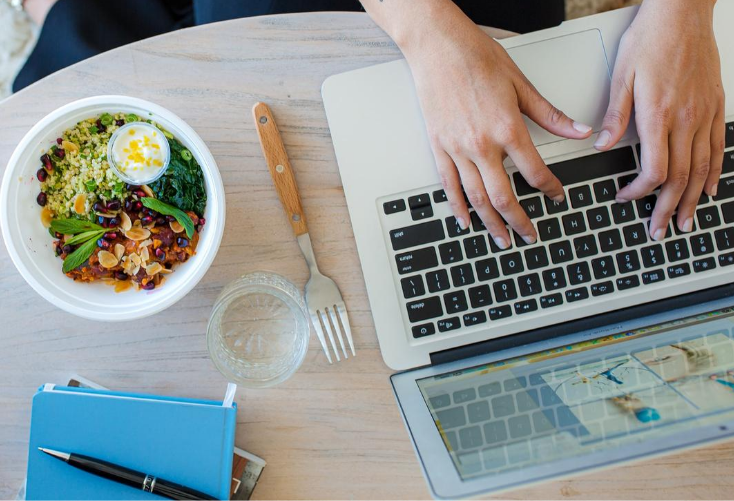


 Dr. Gleb Tsipursky – The Office Whisperer
Dr. Gleb Tsipursky – The Office Whisperer Nirit Cohen – WorkFutures
Nirit Cohen – WorkFutures Angela Howard – Culture Expert
Angela Howard – Culture Expert Drew Jones – Design & Innovation
Drew Jones – Design & Innovation Jonathan Price – CRE & Flex Expert
Jonathan Price – CRE & Flex Expert
